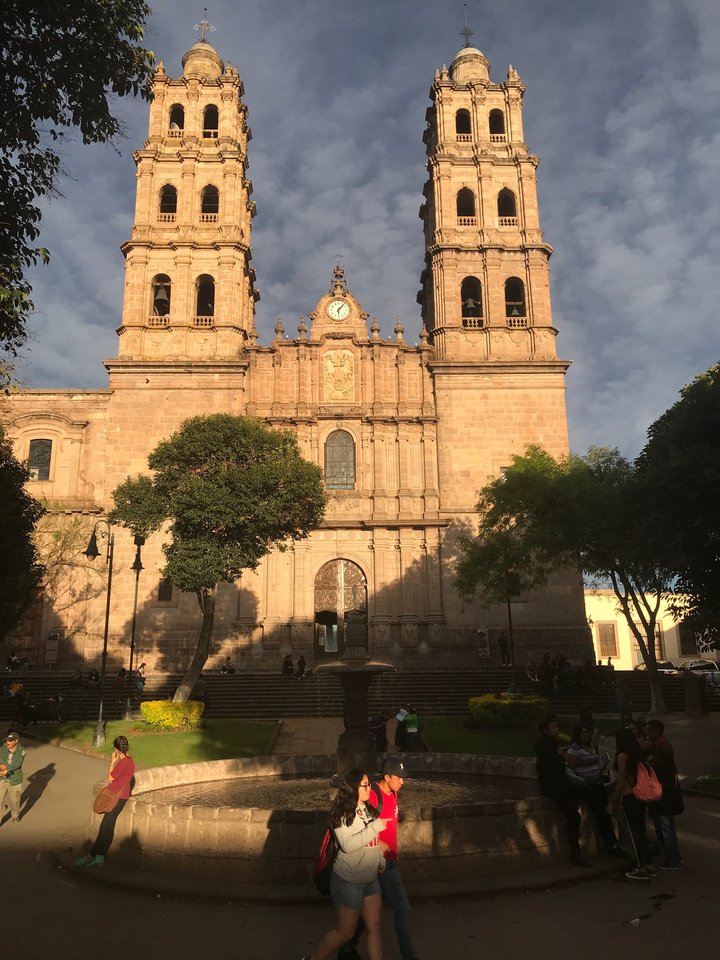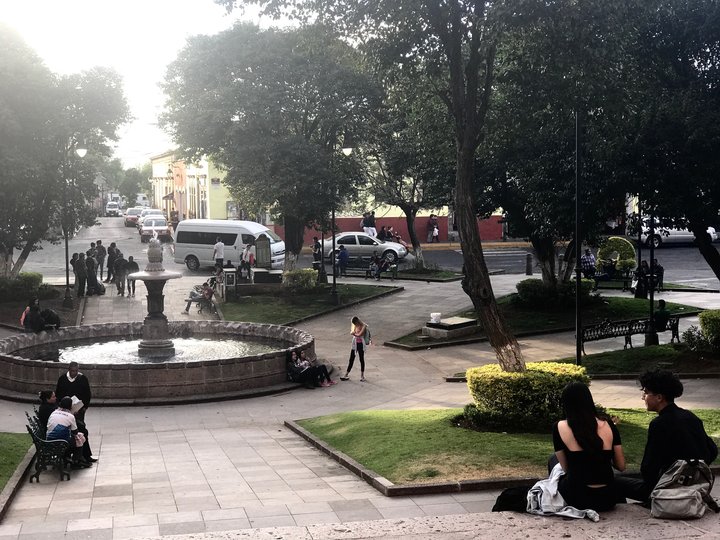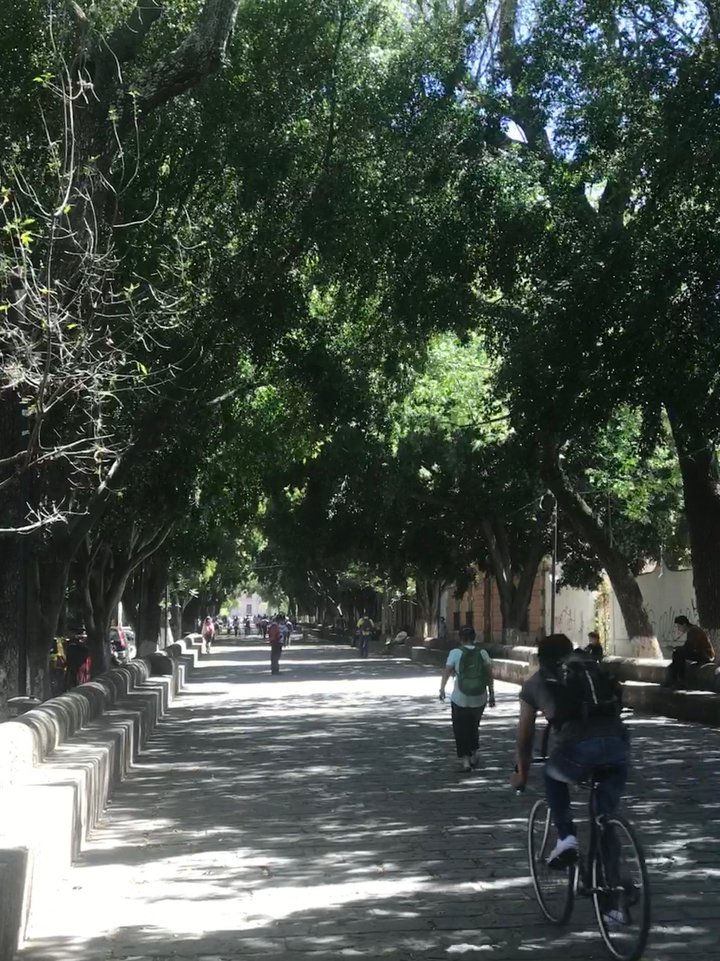“You’re headed to Mexico? Be careful!”
“You do know how dangerous it is down there?”
“I’d stay safe on this side of the border, amigo!”
And still we head south, every year, getting our fill of this dangerous, narcotrafico-infested, don’t-drink-the-water country. Yup, it’s dangerous…especially if you’re involved with the drug trafficking scene. With a homicide rate of around 16 per 100,000 people per year, it’s up there, ranking 21st in the world.
On the other hand, if you’re one of the six million US citizens who visit the country every year, chances are you’ll be OK. The homicide rate for norteamericanos in Mexico is around 2 per 100,000.
Last year Humboldt County saw a homicide rate of about 11 per 100,000, but the previous two years averaged 16 per 100,000 — on a par with Mexico as a whole! So my response to our well-meaning friends who worry about our safety might well be, “We’re really a lot safer down there than in Humboldt!”
All of which is a preamble to a guest post, from my bff (and wife) Louisa Rogers, whose recent post comparing the US and Mexico on Facebook garnered a slew of responses.

Park in downtown Morelia (Barry Evans)
Reflections on Mexico and the US As I Sit in A Park in Morelia
As Barry and I wander through the city of Morelia, yet another of Mexico’s beautiful colonial cities, I’m struck by the differences between here and where we live in the States. We live in Eureka, California, in a poor county (Humboldt), in a rich state in a rich country. Morelia appears to be a middle-class city, in a Mexican state, Michoacán, finally resurfacing from a deeply troubled era of narcotrafico and violence, a poor state in a much poorer country than the U.S.
Yet the contrasts could not be more stark. Here we see ample parks, trees, squares, fountains, lively shops and restaurants, churches (that remain open all day!), live music and concerts each day we’ve been here, the streets filled with people of all ages chatting and seemingly enjoying themselves, and no homeless people with shopping carts. None. ”Where are the homeless?” I ask folks. They look puzzled, like they don’t understand the question. Finally they say, “There aren’t very many.”
Meanwhile Eureka has few parks, not many trees, a depressing number of empty storefronts and closed restaurants, blight, and many people on the streets struggling with heroin, meth, mental illness and homelessness. The city’s problems are partly county-specific (a downward slide in the local economy, because its cash crop, marijuana, has been legalized); partly regional (the homelessness is particularly acute up and down the West Coast); and some issues, like the opiate crisis and underfunded services for the mentally ill (thanks, Reagan) are part of the national culture. There are many dedicated, spirited local people working to improve local conditions, but it’s a long road.

Mexico has resolved many issues the US still argues over: universal health coverage for all became a law in 2012, and a tax on sugary drinks was passed last year to counter obesity and diabetes. (Mexico’s diabetes rate is the highest in the world.)
Unquestionably, Mexico still has many problems: not just a long history of dysfunctional government at all levels but narcotrafico, corruption, one of the highest rates of homicide in the world (sharing that “honor” with Venezuela, Brazil, Colombia, and—of course—the US*) and more.
Yet here I sit on this bench in a clean, graceful, well-maintained park watching the kids play and the elderly couple opposite chatting. Despite the vast difference in the two countries’ relative wealth, in many ways the system seems to work better in Mexico. It’s surreal.
*According to a recent study in JAMA, six countries with less than 10 percent of the global population account for 50.5 percent of the world’s gun deaths: Brazil 43,200, the US 37,200, Mexico 15,400, Colombia 13,300, Venezuela 12,800, and Guatemala 5,090.

CLICK TO MANAGE